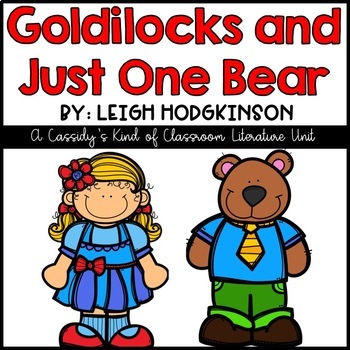

“Other species that aren’t as adaptable as bears or have more specific habitat requirements or smaller populations are likely to be more negatively affected by new development.”ĭickson noted that black bears have been on the rebound in Connecticut since the late 1980s, and that now they’re healthier, having cubs earlier, and keeping a greater percentage of those cubs alive to full growth. “Bears can essentially use highly developed areas because of the wealth of human-associated foods there bird feeders, garbage, pet food, intentional feeding (a big issue in Connecticut), and chickens, all of which provide easy high-calorie meals for them,” Wattles said. Bears, however, are adapting successfully to development sprawl.

“As long as people continue to provide food there will be conflict and interaction between bears and people in those places.”ĭickson noted that a species like the grasshopper sparrow typically requires a huge grassland for nesting, so tearing up undeveloped fields to build stores, subdivisions or apartment complexes is highly damaging to them. “You have both things driving the issue: Bears that move into developed areas, and new developments going up in bear territory,” Wattles said. Losing a small or mid-sized woodland can be devastating to some species, but biologists say the black bears in Connecticut are comfortable living near a development border.

West Hartford, Avon, Farmington and Simsbury are at the top of the list of communities with the most frequent bear reports: The first three are largely built out, and Simsbury’s forest cover has stayed reasonably steady in the last decade. The most bear sightings and most bear-human conflicts occur around the Farmington Valley, where most towns are already heavily developed. In just the past six weeks, there have been several heavily publicized incidents: A mother bear and cubs broke into a Canton home, another broke into several Salisbury houses, still another broke into an Avon bakery and dragged out several dozen cupcakes, and a bear was euthanized after barging into a Bloomfield house. (Courtesy of state Department of Energy and Environmental Protection) A map shows the frequency of black bears entering homes between 20. DEEP reported that 2022 was a record year, with bear house entries up about 50% over 2020, the second highest year. It happened only five times in 2014, compared to 67 times last year.
#Goldilocks and just one bear compare windows
One of the most alarming statistics is the increase in reports of bears getting into houses, either through doors and windows left open or by forcing their way in. Along with that, human-bear conflicts are up steeply: Reports of such encounters numbered fewer than 500 in 2015, but shot up to more than 3,100 last year. “That means the population is both increasing in density where you have bears and spreading into new areas that haven’t had bears in the past.”ĭEEP statistics have shown the black bear population growing since the 1980s, with especially heavy increases in the past decade. “Certainly any habitat that is lost is less for bears and other wildlife to use, but what is happening in Connecticut is that your bear population is growing and growing rapidly now,” Wattles said.

“Then new developments that go into established bear range are certainly going to have bears around them - and if people that move there provide foods for bears, the bears will exploit it. “The bears are moving into both newly developed and historically developed areas to take advantage of the plentiful human-associated foods around modern towns, neighborhoods, and residences,” Wattles said.


 0 kommentar(er)
0 kommentar(er)
